Insights interview: lessons learned designing successful edtech for consumers
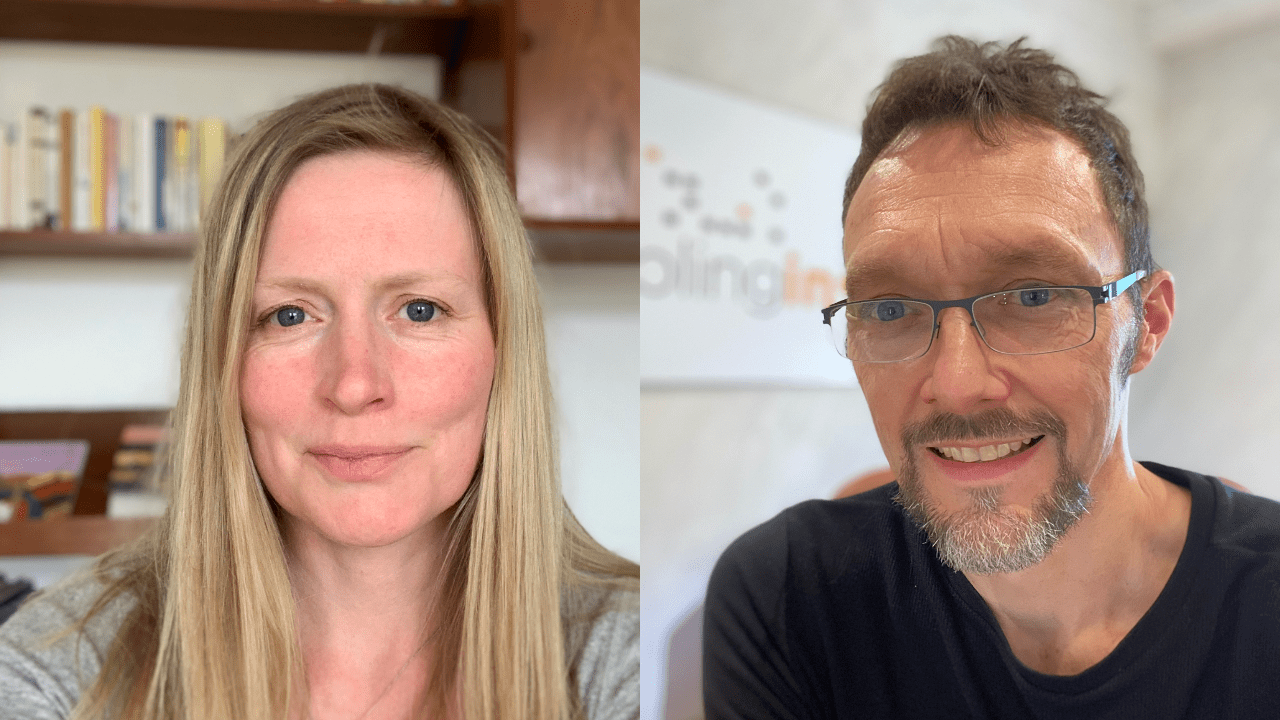
What’s the purpose of this interview and who’s it for?
Edtech is exploding—with multiple innovative entrants in the consumer market, institutional market, and some that try to serve both. And, huge investments upstream (e.g. 2020 was a record year for investment in US edtech and globally) herald much bigger battles ahead. So, what are lessons learned designing successful edtech for consumers that could benefit institutional, and vice versa?
In particular, big education companies want to accelerate their business to digital and recognize that they need to up their game and aspire to develop “consumer-grade” learning applications (many current products are showing their age). And, facing declining enrollments and pressure on price, they are looking to monetize more of the adoptions they win with direct-to-consumer services (e.g. Pearson), or grow into the consumer sector and find those perennially elusive lifelong learners. In parallel, many consumer-focused edtechs are heading in the opposite direction—looking at how to expand into the institutional (B2B) sector.
Given this frenzy of activity, I thought it timely to explore what fresh thinking and new skills edtech leaders and their teams will need. What are some of the special challenges and opportunities of developing successful edtech for consumers? And, what can be learned from successfully serving consumer learners that could help accelerate innovation in institutional edtech?
Although most of my career I’ve built successful institutional edtech, I’ve led teams building successful consumer apps, won a few awards, and even spent a few years as Chairman of a fast-growing consumer edtech in Beijing. I’ve seen how thrilling it is to help consumers to learn at scale—and just how unforgiving they are. If your product isn’t instantly engaging, rewarding, and valuable, your customers slip through your fingers and never return. These are invaluable lessons that I’ve used ever since when building engaging edtech for all learners.
Insights from Kirsten Campbell-Howes
Kirsten has rich experiences on both sides of the fence—developing leading edtech products for institutions (e.g. Our Discovery Island for Pearson ELT, and curriculum materials for English First), as well as for consumers (now as the Chief Learning Officer for Busuu’s language-learning portfolio). She has also served as a Mentor for startups and a Learning Designer, and founded the London Education Games meetup. So, Kirsten has a fantastic mix of skills and experience to tap for lessons learned designing successful edtech for consumers and institutions, and synergies between the two.
The interview
Good afternoon, Kirsten. Thanks so much for taking time for this interview. As you know, I provide strategic consulting to edtech startups and mature education companies to help them grow and develop more educationally impactful and competitive services. With those readers in mind, I know you have a wealth of experiences and insights that they could benefit from. So, I’d like to explore six key areas with you:
- How can you build a rich understanding of consumer learner goals and motivations?
- What are special opportunities and challenges designing consumer education apps?
- What lessons have you learned designing successful edtech for consumers that institutional edtech can benefit from, and vice versa?
- How can you build data-driven insights for improvement and innovation?
- What advice would you give early-stage consumer edtech startups?
- What are your favorite resources on learning design?
Do those goals sound good?
Yes, those sound like great topics to explore. Fire away!
1. Understanding consumer learner outcomes and motivations
How do you develop a crisp understanding of what your customers want to achieve and why?
We start by trying to understand why customers really want to learn a language. It’s often tied up with a desire to be a different person; to lead a more interesting life. This understanding allows us to identify different customer personas and evolve the product for each of them: from choosing aspirational images to embedding more cultural information in our grammar lessons.
Of course, serving customers of all ages in 190 countries learning 13 different languages, this is also a major challenge. We have teens who want to understand written Japanese because they love manga, retired Germans who want to maintain the Russian they learned years ago by chatting with Russian speakers, young Chinese professionals who want to learn English to get a better job: the list is endless and fascinating!
We build a faceted understanding of our users at various points along their journey in our product. For example, during sign up, new users are asked why they are learning a language and their goals—in particular, the level they want to reach. We flesh this out by tracking a lot of quantitative data—such as the number of interactions with other learners in our community, and so on. We augment this with contextual requests users submit to our customer services team and data from cancellation surveys. And, our marketing team also conducts research to give colour and details to the different customer personas we’re trying to delight. Sometimes I wonder if we look at too many data points, but that’s a very hard habit to break!
We use all this data to help us focus on the most common requests from different customer personas, and this informs our roadmap and prioritisation. To come back to the first point, we find it’s really important to keep digging into the “why” behind customers’ needs. For example, a common request we’ve had in the past is for “more speaking practice.” When we’ve explored this in more detail, for example by using the “jobs to be done” framework, we learned that many users had been studying language on their own for a long time, had accumulated a lot of knowledge, but they still felt tongue-tied. This helped us to develop a business case for building live lessons with professional teachers into our core offering, to provide these learners with the structured speaking practice that they wanted.
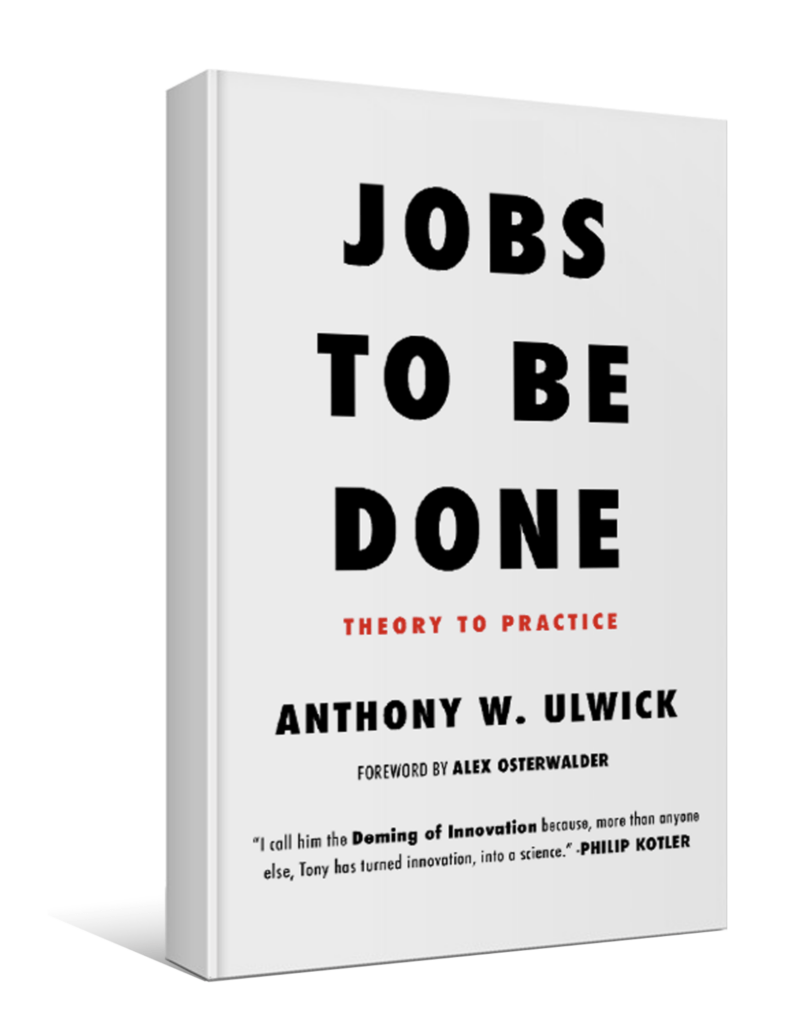
2. Special opportunities and challenges designing consumer education apps
How do you balance and blend what consumer learners want vs. what they need to make progress?
Oftentimes, what consumers want in a language-learning experience and what they need to be successful overlap. In those cases, the challenge is simply, can we build a business case to justify developing it?
When there is a tension between what consumers want (e.g. fun and quick progress) and what they need to be successful as language learners (e.g. revisiting words and practicing them), it can be trickier. As learning designers and product designers, we’re always trying to balance the two. For example, the tension between “language anxiety” (the fear of making a fool of yourself when trying to speak a foreign language) and the imperative to practice taking part in real conversations (to build that confidence). A major strategy of Busuu’s learning design is the value of getting people to share a piece of writing or speaking with the learning community, and doing that regularly. In practice, we have found that if a customer is asked to do this during their very first session, many panic and disappear. Through a process of iteration, we found that learners feel confident enough to participate during their second or third session (provided we make that task very, very easy). From this idea we evolved community practice exercises at regular intervals, and provide lots of support along the way.
To balance and blend what our customers want and what we think they will need to be successful, we rely on a robust and regular programme of user testing. In our experience, this is vital for developing successful consumer apps. Robust education content written by experts with a passion for their subject can spill into lengthy text or complex user interactions. It’s essential for our learning designers to be confronted early and often by how a typical learner reacts to this, where they are frustrated and confused, and to evolve the experience based on that.
3. Lessons learned designing successful edtech for consumers that institutional edtech can benefit from, and vice versa
What lessons from institutional edtech do you think consumer edtech could most benefit from?
What I’ve taken from my experiences developing edtech for institutions (i.e. schools or colleges) that I apply to consumer edtech is the value of rigour and quality—particularly in testing and refining content, and also structuring a team (at Busuu, the education team that develops content is its own departmen, rather than a subset of Product—and this reflects the importance we place on the quality of the learning content). From my experiences as a development editor, I also learned important lessons about how to give and receive robust feedback. I’ve witnessed product design teams being wary of telling each other when something isn’t good enough, so I’ve always tried to encourage those in my team to give each other really honest feedback so we develop a culture of collaborative and iterative improvement.
What lessons from consumer edtech do you think institutional edtech could most benefit from?
Having worked in both institutional and consumer edtech, I think a lot of what holds institutional edtech back from being more innovative is structural at a whole-business level and I’m really not sure how you solve that challenge! One of the reasons I’m still in consumer edtech is because it can be much more nimble and fun. One concrete lesson is investing in people. My experience (from specific jobs and companies) is that institutional edtech tends to invest heavily in the course content and product quality, but less in its learning design team (e.g. sending them to interesting conferences, encouraging them to network with other professionals, buy interesting books and so on). Consumer edtech invests heavily in its people and that pays huge dividends in terms of creativity and innovation.
4. Building data-driven insights for improvement and innovation
Product usage analytics can give many useful insights (here are my top tips for successful analytics, and how and why to invest in data early). But, what are the most insightful additional data a consumer edtech should invest in capturing and why (e.g. surveys, questions on demographic, etc.) and would you advise them to capture these in the least invasive way?
A cancellation survey with an open text field can be extremely insightful for capturing what’s missing or off putting about your current product. However, nothing beats live user testing (which these days can be carried out more easily and cost-effectively than ever via video). Coming face to face with indifference, frustration, confusion, delight, amusement, and so on, forces you to empathise with your customer in a way that a CSV dump or an Amplitude line chart never will. It’s simply the fastest shortcut I know to building a better learner experience!
5. Advice for early-stage consumer edtech startups
What three common pitfalls in product design should early-stage consumer edtech startups avoid and how?
- The biggest pitfall is trying to grow by diversifying your product before you’ve really nailed initial product-market-fit. If you try to diversify too early, you may end up being stuck supporting courses or features that really shouldn’t have made the cut and this will drain your time and resources. So, keep a laser focus on establishing a strong product-market-fit for an initial narrow offering, then diversify.
- Another pitfall I’ve seen over and over again is edtech startups placing too much focus and resource on product at the expense of marketing; or believing that iterating the product endlessly will solve a problem that is really down to pricing or lack of consumer interest. The idea that “if we build it they will come” is a fallacy.
- The third pitfall is too much focus on matching competitors. If this drives your roadmap the compound effect is a product that consumers can’t distinguish and they’ll just plump for the one they’re made aware of due to effective branding and marketing (see point 2).
6. Favorite resources on learning design
What practical research resources would you recommend to edtech leaders for insights into how to design engaging and impactful consumer learning apps?
There has been a real paucity of solid, practical learning design resources. At Busuu we’ve had to make a lot of this up as we went along, because we found that applying resources and methodologies from, for example, classroom learning design just didn’t translate well into consumer apps. Some good resources are starting to emerge – for example, the team at LearnJam have shared some great guidance in recent years.
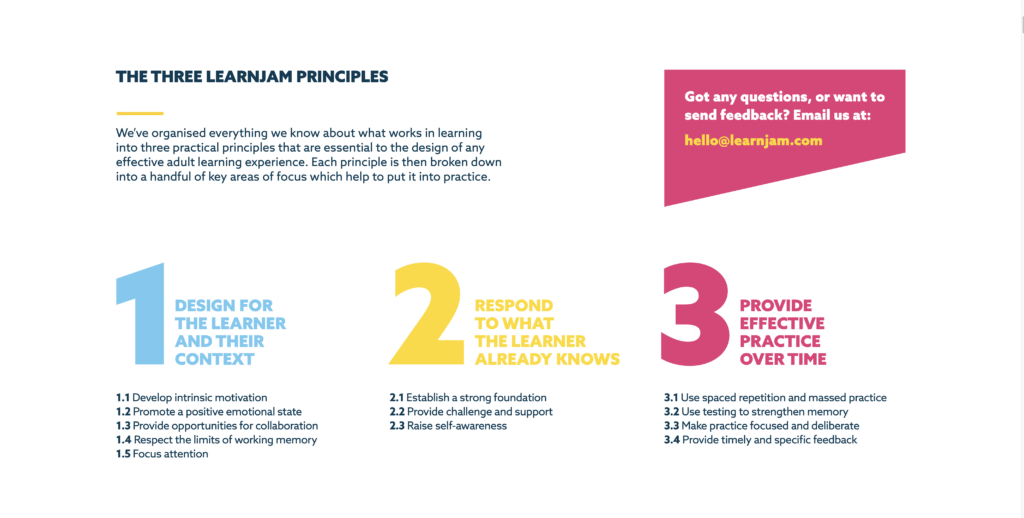
For inspiration I have drawn a lot from innovations and methodologies in Product design more generally. Some of the learning designers in my team rave about the work of Nir Eyal on habit forming, for example.
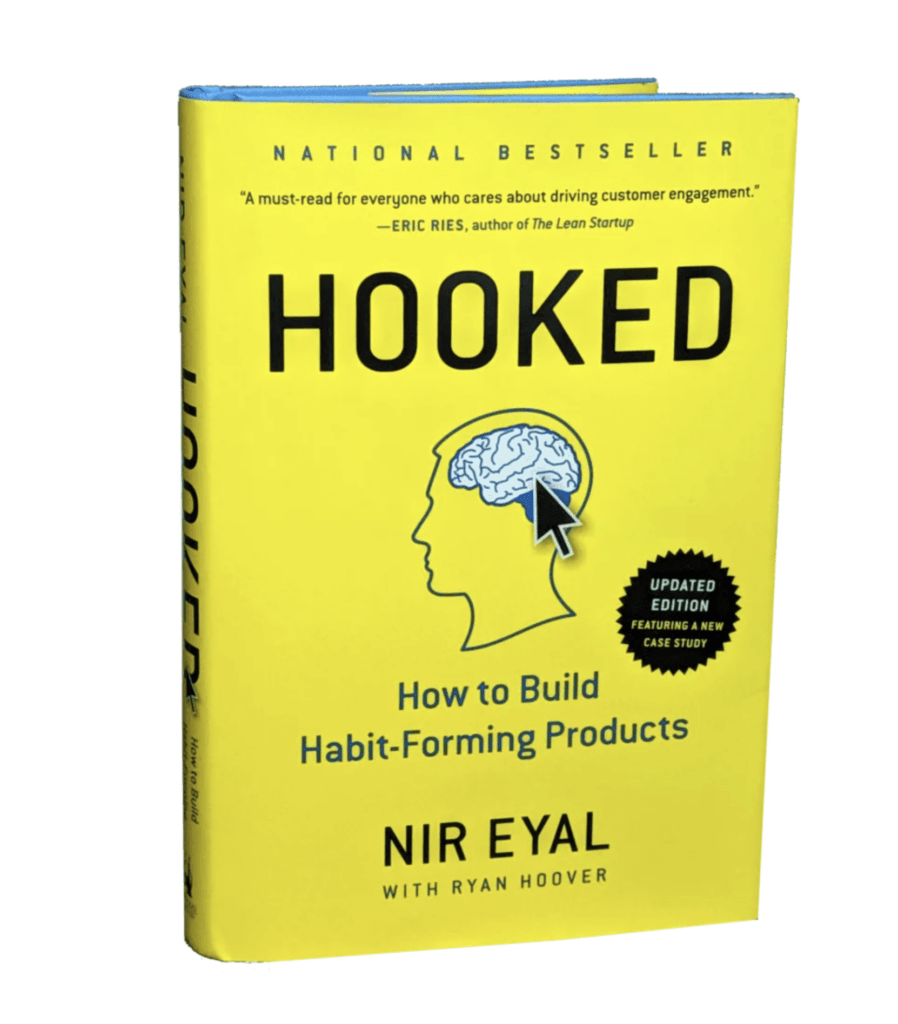
We also draw a lot of inspiration from app designers in the mindfulness and fitness space (for example, Strava and Fabulous). It’s well worth looking outside edtech for inspiration.
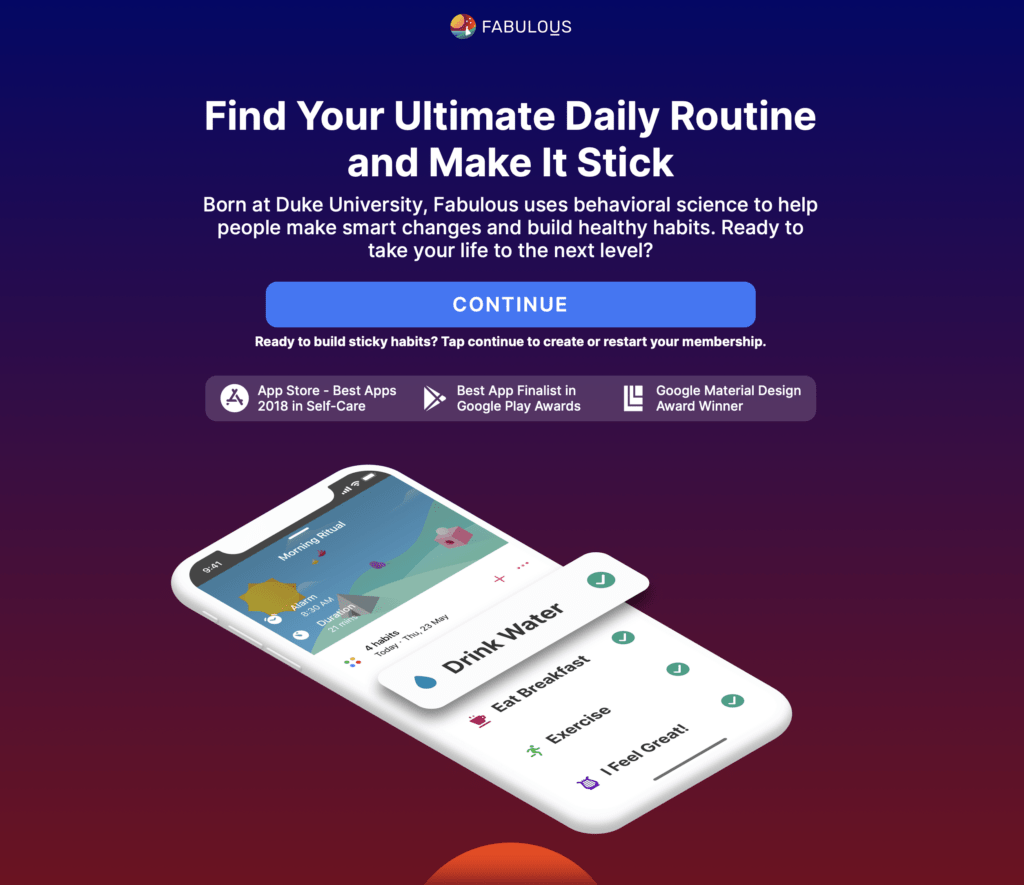
7. What question do you have for me?
I often encounter the perception that consumer apps are somewhat ineffective or “unproven” in comparison with the type of courses produced by institutional edtech players. I think there are certainly occasions when this perception is justified, but I also think it is increasingly not the case. What would be your advice to consumer edtech in general on how to improve perceptions of the industry?
That’s a big question! First, I’m not sure the institutional sector has this nailed either—players have differing levels of skill and maturity in designing for impact and measuring it, and varying levels of rigor and honesty in claims they make.
I’d start with, who do you want to influence and why? Do customers look for evidence that a solution is effective as part of their buying decision and seeing value? If so, identify what would be relevant and compelling to them and execute a research program to evidence that. Are they influenced by thought leaders, or not? If they are, then identify a suitable research plan to foster that.
In all cases, I’ve found the most durable strategy includes transparency (share your methods, status, and staff), rigor (always execute more rigorously than your market demands, so you can dial/up down your messaging today, and build a competitive position for tomorrow), credibility (mature a team of experts within your business and have them publicly share results often and in suitable channels, and sponsor third-party experts to execute some independent studies in parallel), and honesty (don’t be tempted to exaggerate claims early on—it’ll catch up with you).
Finally, focus as much on designing to be effective (using learning science) as proving if your solution is (with impact research and learning analytics). Too many companies skate over the first and focus on the second. That’s like selling a drug and then trying to prove it works.
Takeaways
Kirsten provides many rich and practical insights. Blending these with my own experiences, here’s my hit list of lessons learned designing successful edtech for consumers and institutions, and synergies between the two:
- Be relentless determining what your target customers want to achieve and “why”—your customers’ aspirational goals are the North Star for successful edtech development (and marketing). Always dig for the “why” behind customer requests before you ideate solutions.
- Build a faceted, qualitative and quantitative picture of your customers—from sign-up (ask their goals and why), through product usage (explore their preferences and behaviors), to surveys (understand their personalities and contexts) and—especially—with cancellation surveys (understand their points of frustration with open-field feedback embedded in the product, or exiting it). Use this understanding to build personas (see item 3).
- Develop empirical personas so you design to delight the specific someone, not a generic no-one—all customers are unique, but personas help teams to grow empathy for differing needs and motivations. They can be enormously powerful for designing and testing with clarity. Just remember, they are personas and you should keep coming back to real users! And, make sure your personas include customers you don’t yet have but want to attract (since their needs and behaviors are often quite different from those of early adopters).
- Have a clear (evidence-based) model for learning, then shape, evolve, and polish it with users—learning is not achieved by chance, so build on a solid basis of pedagogy and learning science. Then involve your users through ideation, prototyping, developing, and testing to shape an empathetic, intuitive, and rewarding experience. Multidisciplinary scrums (comprising Learning Research, UX, Product, and Engineering) can be very effective achieving this. (Here are the lessons I’ve learned designing for impact, and student-centered design for institutional products.)
- Keep your product narrow and sharp until you get a great initial product-market-fit—then, and only then, start to diversify your product and target customers. In my experience, if your product does a few high-value things really well that your target customers are passionate about, they’ll forgive what it doesn’t have. (Here’s my checklist of five foundational activities for success.)
- Don’t build your vision based on your competitors, but do understand what your customers like about them—don’t expect to win customers away from other products if you don’t know why they like them. Curiosity about your competition is a critical reality check, but when your competitors become your strategy, you’ll develop a vanilla product that solves yesterday’s problems.
- Invest in marketing: great products don’t sell themselves—marketing will make or break the success of your product in the consumer sector. Reviewing hundreds of investment pitches, the most common mistake I see is a lack of investment (in the P&L) in what it will take to market (and sell) your product so the customers you so want to reach get to know about your product (and it’s positioned in the right way).
- Take inspiration from the fitness and wellbeing space on how to engage, reward, and retain—Kirsten lists some excellent sources of inspiration. I’m a big fan of Oura (for balancing exercise and rest for wellbeing).
- Invest in your talent—if you want to be build a creative, adaptable, and resilient edtech company. They are your lifeblood.
Need help?
If you want an experienced critique of your product and strategy, and practical recommendations for how to accelerate your growth, please contact us today with the form below—we’d love to learn more about your business, aspirations, and challenges.
